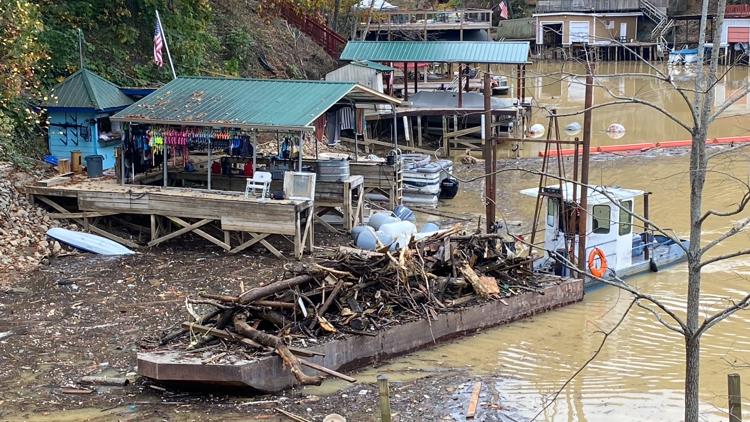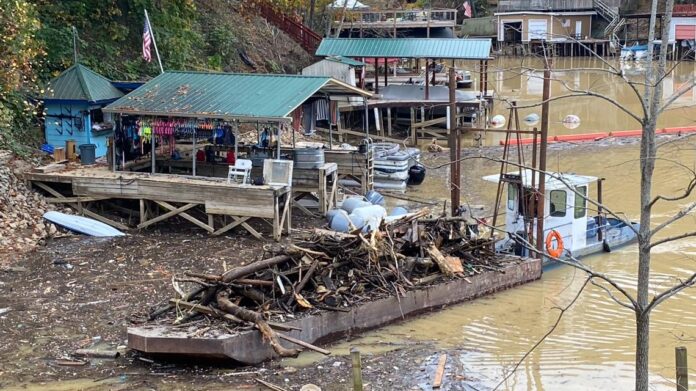
We reached out to NC Emergency Management for details.
ASHEVILLE, N.C. — It has been nearly two months since Hurricane Helene made landfall in western North Carolina, destroying everything from trees to homes to entire town squares.
The storm left behind a nearly incalculable amount of debris, and in the weeks since Helene landed there have been immense efforts from both North Carolina government leaders and citizens of western North Carolina to clear out the debris and return things to a sense of normalcy.
Earlier this week, the North Carolina Department of Public Safety announced that the amount of debris removed from western North Carolina so far has surpassed one million cubic yards. To put that into perspective, that’s enough to fill 350 Olympic-sized swimming pools.
But where does all this debris go after it’s removed? We reached out the North Carolina Emergency Management for more details, and they provided us with the following statement.
“As debris is collected, it is sorted as much as possible, with contents being repurposed or recycled to reduce the amount of waste that is disposed of via landfills. This includes everything from concrete, bricks, appliances, wiring, plastics, and even wood. Any debris that is determined to be hazardous, such as fuels or chemicals as an example, are disposed of in consultation with the U.S. Environmental Protection Agency. Wood from fallen trees is being repurposed to provide firewood, building materials, and mulch for residents in consultation with the U.S. Department of Agriculture.”
Additionally, a project developed by Interagency Recovery Accordination (IRC), a team a federal, state and local government, non-profits and faith-based organizations, has aimed to repurpose the fallen trees that have been removed from the region by sorting them and distributing them to community members who need firewood, furniture material, mulch and more.
As part of this operation, workers removed fallen trees from the North Carolina Arboretum and sent them to a staging site selected by Buncombe County and the state. From there, larger logs go to a special U.S. Forest Service program “to supply local lumber mills with wood.”
According to FEMA’s website, “USDA teams of forest experts are sorting the wood based on intended purpose, including furniture building, home heating and landscaping. American Red Cross and Mennonite Disaster Services provided equipment for firewood cutting, which is being handled by Team Rubicon volunteers trained to use chainsaws, log-splitters and other equipment. Local churches will take the divided wood, kiln dry it as needed and provide burn-ready wood to residents.”
MORE WAYS TO GET WFMY NEWS 2
Download the WFMY News 2 APP from your Apple or Google Play store.
ADD THE WFMY+ APP TO YOUR STREAMING DEVICE
ROKU: Add the channel from the ROKU store or by searching for WFMY.
Amazon Fire TV: Search for WFMY to find the free app to add to your account. You can also add the app directly to your Fire TV through your Amazon account.



